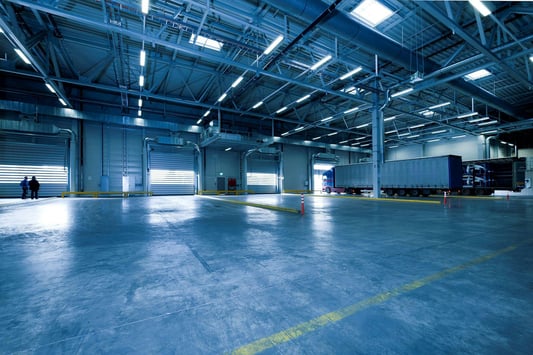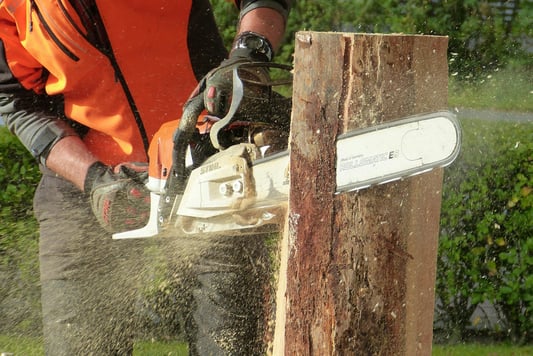Benefits of Installing a Water PurifierWhen it comes to home inspections, one crucial area to focus on is the water quality. Installing a water purifier in your home can provide numerous benefits. A water purifier helps remove harmful contaminants such as bacteria, viruses, and heavy metals from your water supply, ensuring that you and your family have access to clean and safe drinking water.Types of Water PurifiersThere are different types of water purifiers available on the market, each with its unique features and benefits. Some common types include activated carbon filters, reverse osmosis systems, UV purifiers, and ion exchange filters. It is essential to choose a water purifier that best suits your needs and addresses the specific contaminants present in your water supply.Importance of Regular InspectionsRegular inspections of your water purifier are essential to ensure that it is functioning correctly and effectively removing contaminants from your water. A thorough inspection can help identify any issues or malfunctions early on, preventing potential water quality problems in the future. It is recommended to schedule annual inspections by a professional to maintain the performance of your water purifier.Signs You Need a New Water PurifierThere are several signs that indicate it may be time to replace your water purifier. These signs include a noticeable change in water taste or odor, a decrease in water flow rate, frequent filter replacements, and visible signs of wear and tear on the purifier unit. If you notice any of these signs, it is essential to consider investing in a new water purifier to ensure your water quality remains high.DIY Water Purifier Maintenance TipsWhile professional inspections are crucial, there are also simple maintenance tasks you can perform to keep your water purifier in top condition. Regularly changing the filters, cleaning the unit, and checking for leaks or damage can help prolong the life of your water purifier and ensure it continues to provide clean and safe drinking water for your home.Choosing the Right Water PurifierWhen selecting a water purifier for your home, consider factors such as water quality, contaminant removal capabilities, maintenance requirements, and budget. It is essential to conduct thorough research and consult with a professional to determine the best water purifier for your specific needs. Investing in a high-quality water purifier can have a significant impact on your overall water quality.Common Contaminants in WaterWater sources can contain various contaminants that pose health risks if not properly removed. Common contaminants found in water include bacteria, viruses, chlorine, lead, pesticides, and pharmaceuticals. A water purifier for home inspection is designed to effectively remove these contaminants, ensuring that your water is safe for consumption.Environmental Impact of Water PurifiersWhile water purifiers offer numerous benefits for improving water quality, it is essential to consider their environmental impact. Some water purifiers generate waste water during the purification process, which can contribute to water wastage. Choosing a water purifier with sustainable features, such as water-saving technologies or energy-efficient systems, can help reduce the environmental footprint of water purification.Cost Considerations for Water PurifiersThe cost of a water purifier for home inspection can vary depending on the type of purifier, brand, features, and installation requirements. It is essential to factor in both the upfront cost of purchasing the water purifier and ongoing maintenance costs, such as filter replacements and professional inspections. While cost is an important consideration, investing in a high-quality water purifier is ultimately an investment in the health and safety of your family.ConclusionIn conclusion, a water purifier for home inspection is a valuable addition to any household, ensuring that you and your family have access to clean and safe drinking water. By understanding the benefits of water purifiers, the different types available, the importance of regular inspections, and how to choose the right purifier for your home, you can make informed decisions to improve your water quality. Prioritizing water quality through the use of a water purifier is essential for maintaining a healthy and happy home environment.Quote InquiryContact us!










